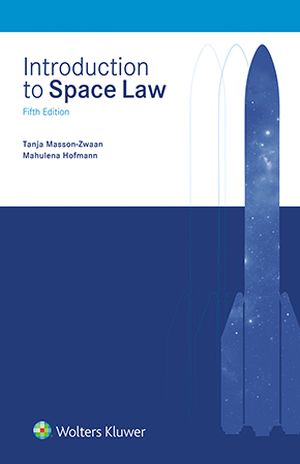
Introduction to Space Law, currently in its fifth edition, comprises major updates to the fourth edition of the long-time classic, reflecting new developments in space law and technology over the past five years. The relevance and substance of space law as a branch of public international law continue to expand. This updated version covers new or expanded material on the proliferation of non-state and commercial entities as space actors, legal aspects of innovations in space technology, the evolving international law of satellite telecommunication in a networked world, and the adoption of national laws and international soft law mechanisms that complement the international treaty regime adopted in the 1960s and 1970s.
What’s in this book:
In this latest overview of space law, the authors provide an easily accessible analysis of the governing framework and institutional landscape at the international, regional (with a focus on Europe) and national levels and the legal challenges of new and traditional areas of space activity, including:
Furthermore, the five United Nations Treaties on space are included as Annexes for easy reference by students and professionals alike.
How this will help you:
This thoroughly updated Introduction to Space Law furnishes a clear overview of the legal aspects of a wide array of current and emerging space activities. Lawyers, policy-makers, diplomats, students, and professionals in the telecommunication and aerospace sectors, with or without a legal background, will find concise yet comprehensive guidance in this book that will help them understand and address legal issues in the ever-expanding field of space activities.